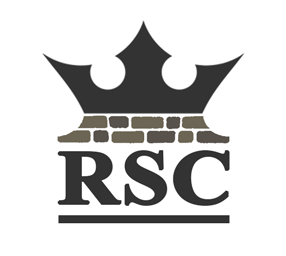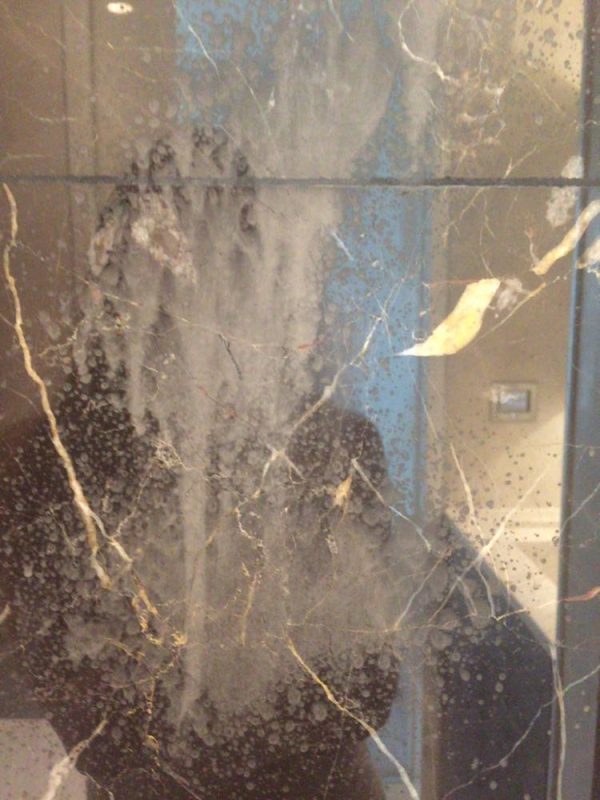Last Updated on May 31, 2019 by Royal Stone Care
Please, DON’T Look at My Etchings
“Come and look at my etchings” was a phrase allegedly used as a euphemism by young toffs back in the early 1900’s. What it really meant was ‘Come to my place and let’s get to know each other intimately better.’ But what were etchings and what has that got to do with a blog about marble?
Etching was an early form picture making. It was used to create prints or, seeing as it was invented in the 1500’s, for creating emblems on armour, swords, breastplates and other items made from metal. It is a process that is still very much in use today in the electronics industry. You’ve seen all those little silver lines of solder on circuit boards? It’s done by etching the boards that the circuit routes are laid out on.
So how is it done?
The basics of the process is that the metal plate, circuit board or whatever surface is to be etched is covered in a substance that is impervious to acid. Resistant to acid that means. Wax is a good insulator against many acids. A sharp implement of some form is then used to draw into the wax and the surface of the material to be etched. Once the drawing, or circuit layouts, have been made then the material is washed over with, or dipped into, a corrosive acid. It is then left a while for the acid to work on eating away the bare metal or whatever material was below the wax protection.
Both the acid and wax is washed off and this leaves the material with the required pattern ‘etched’ into its surface. For printing, the pattern is then covered in ink. The excess ink is then wiped off leaving ink only in the grooves made by the acid. This picture plate is then pressed on to paper thus transferring the ink to reveal the ink printed on to the paper in the form of the picture that the etching made. Similarly for the circuit boards. The metal that forms the circuits is left in the etched lines. This very same process also works very well on marble surfaces; unfortunately,.
How does my marble get etched?
When your marble, worktop, floor, shower-room, coffee table, whatever, was first installed, it had a nice protective shine on it. Showed it off a treat, looked great. Over time and, in many cases, with wear, this protective coating has been worn a bit thin. In places it’s been eroded altogether, especially on floors and worktops. It’s a hard surface, you can put anything on a marble worktop can’t you? Only if the marble is properly maintained and not anything hot.
When do I know I’ve got etched marble?
The trouble is that you don’t really notice small increments of daily wear. It’s only when you suddenly find a nicely etched ring in the shape of a wine glass bottom or an acidic drink can base, perhaps even a sauce bottle mark, that you realise the waxy protection is no longer there. Now there is an etching you wouldn’t want your friends to see. There are many other signs of etching and wear too. As this post is getting a bit long, I’ll write a separate one describing the signs, cures and prevention of etching soon. Don’t worry, I will write the post. It’s etched on my brain so I’ll remember.
Meanwhile,
If you have any specific questions on marble etching, or know you already have a problem with it and need to do something about it, please feel free to drop a line or, better still, call Royal Stone about it now.

